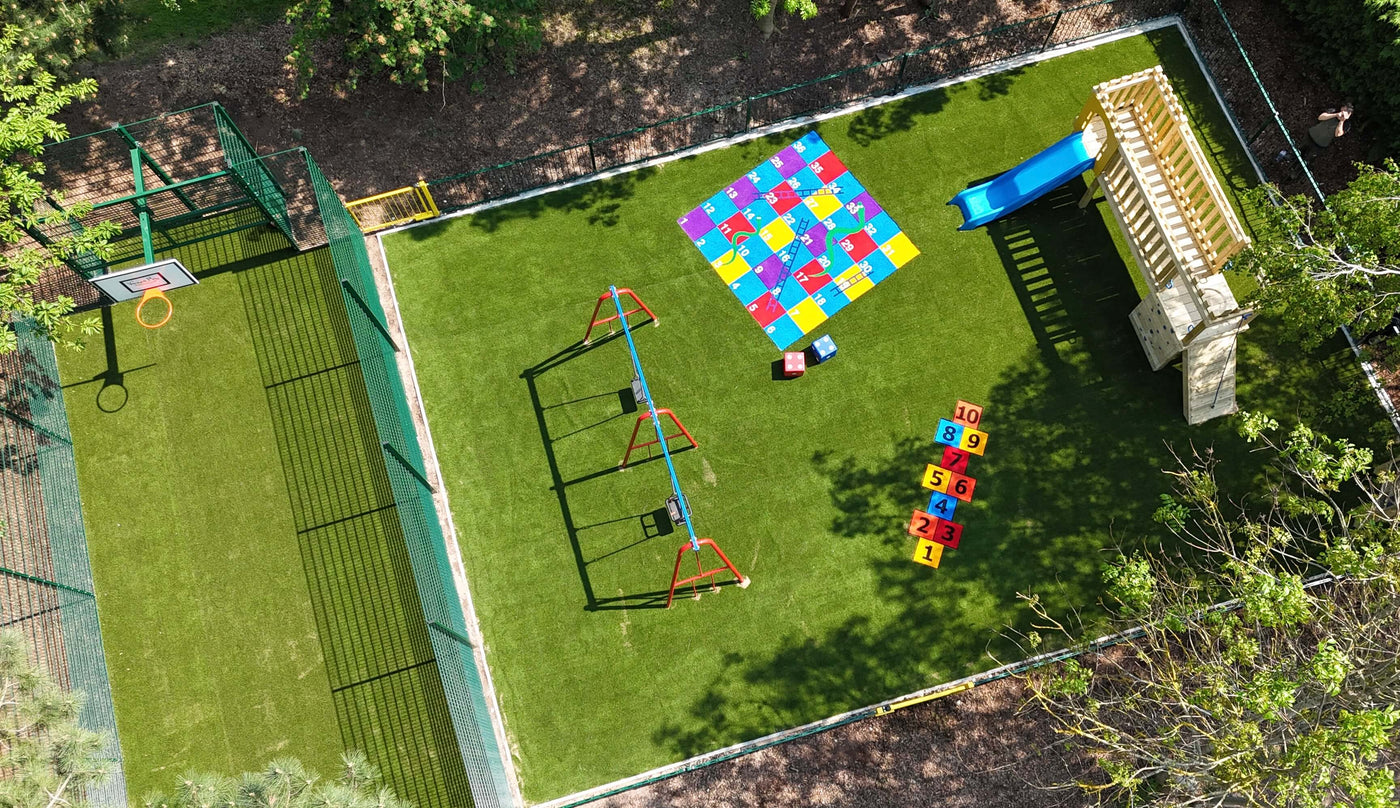First off, let’s talk about the sheer developmental goldmine that natural spaces offer. Spending time outdoors isn’t just about running around and letting off steam (although that’s a brilliant bonus). It’s about giving children the freedom to explore, imagine, and learn on their own terms. Whether they’re investigating the patterns on a leaf, building dens with sticks, or jumping across puddles like a frog, they’re developing critical skills like problem-solving, creativity, and resilience, all without even realising it.
Quality natural spaces are a haven for mental health. Studies have shown that being in nature can reduce stress and anxiety, and it’s not just true for adults, children benefit just as much (if not more). Imagine the calming effect of a walk through a leafy trail or the joy of discovering wildflowers in bloom. Natural spaces provide kids with a break from overstimulating environments, giving them a chance to unwind, recharge, and feel more connected to the world around them.
Nature also does wonders for social development. A group of children exploring a woodland or tackling a nature trail together is learning how to cooperate, communicate, and work as a team. Natural spaces inspire collaborative play—think building a fort together or organising a treasure hunt in the woods. These activities teach patience, leadership, and problem-solving, all while creating the kind of memories that stick with kids for a lifetime.
Not every patch of grass or clump of trees counts as a quality natural space. For it to truly support children’s development, it needs a few key ingredients:
-
Variety and Accessibility
A great natural space offers a mix of landscapes—think woodlands, meadows, ponds, and open fields. This variety encourages children to explore and engage with different textures, sights, and smells. Importantly, the space should also be accessible to children of all ages and abilities, ensuring no one is excluded from the adventure. -
Safety Without Over-Sanitising
Kids thrive when they can take safe risks. A quality natural space strikes the perfect balance: it’s safe enough to minimise hazards but wild enough to let children climb trees, splash in streams, and dig in the mud. Nature’s unpredictability is part of its charm—just make sure there’s no poison ivy lurking! -
Opportunities for Free Play
Quality natural spaces don’t need to be overly structured. In fact, less is more. Open-ended environments allow kids to use their imaginations, whether that’s pretending a fallen log is a pirate ship or creating “potions” from wildflowers and leaves. -
Connection to Wildlife
The best natural spaces give kids a glimpse of wildlife—frogs in the pond, birds in the trees, or even just ants marching along a path. Observing animals in their natural habitat fosters curiosity, empathy, and a deeper understanding of ecosystems. -
Spaces for Reflection
Not all natural play has to be high-energy. Quiet corners with shady trees, babbling brooks, or scenic views give children space to relax and reflect, nurturing mindfulness and a sense of calm.
One of the best things about natural spaces is that they change with the seasons, offering new adventures all year round. In spring, children can marvel at budding flowers and baby animals. Summer brings long days of running through fields and splashing in streams. Autumn turns the world into a treasure trove of crunchy leaves and conkers, while winter transforms it into a frosty wonderland perfect for building dens and spotting animal tracks.
The takeaway? Regular access to quality natural spaces isn’t just nice to have—it’s essential for children’s physical, emotional, and social development. It’s where they grow stronger, think bigger, and feel freer. It’s where they learn to love and care for the world around them.


